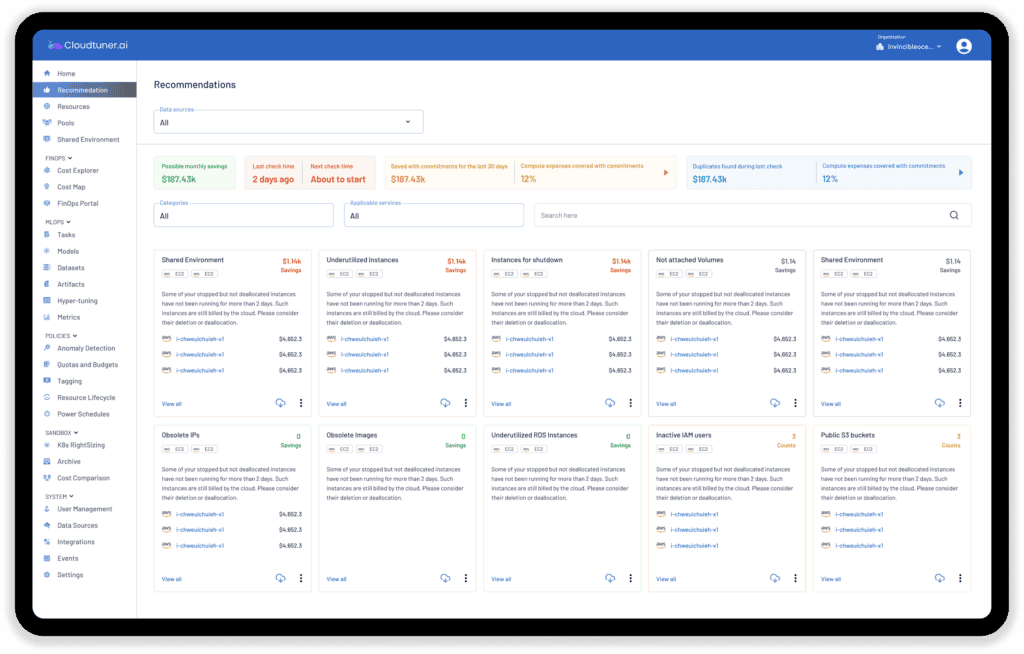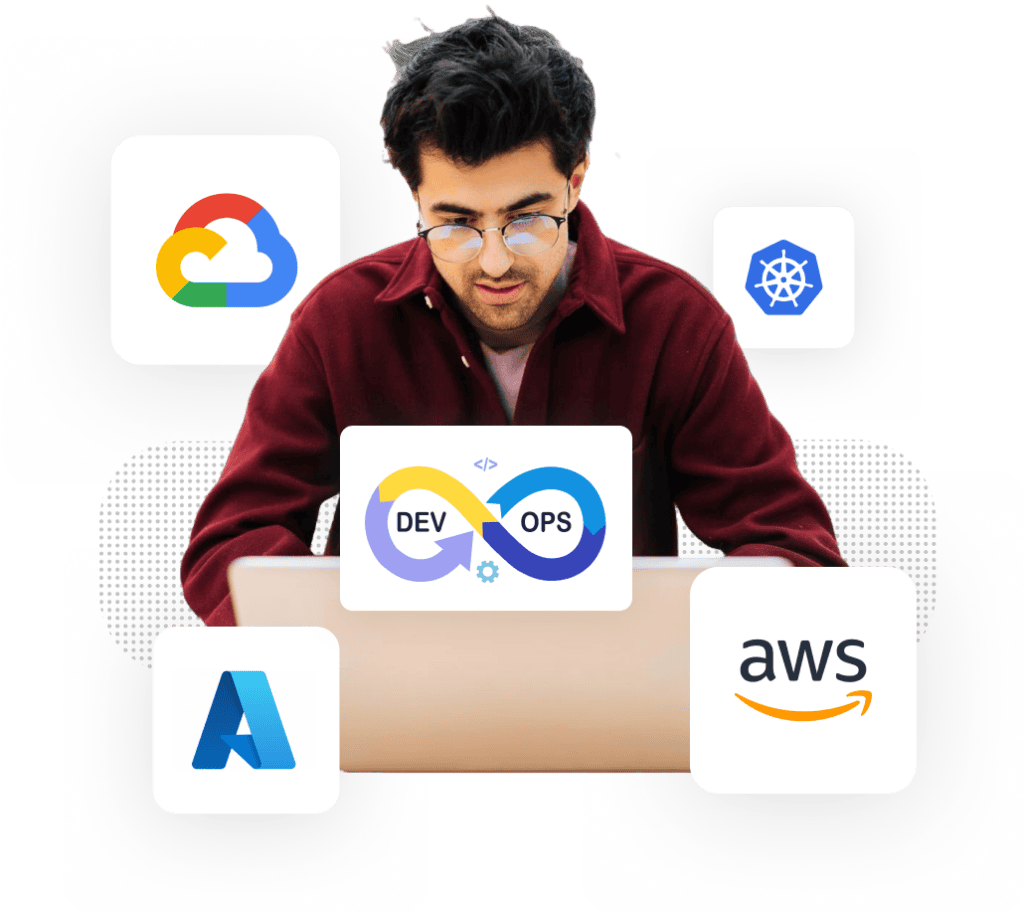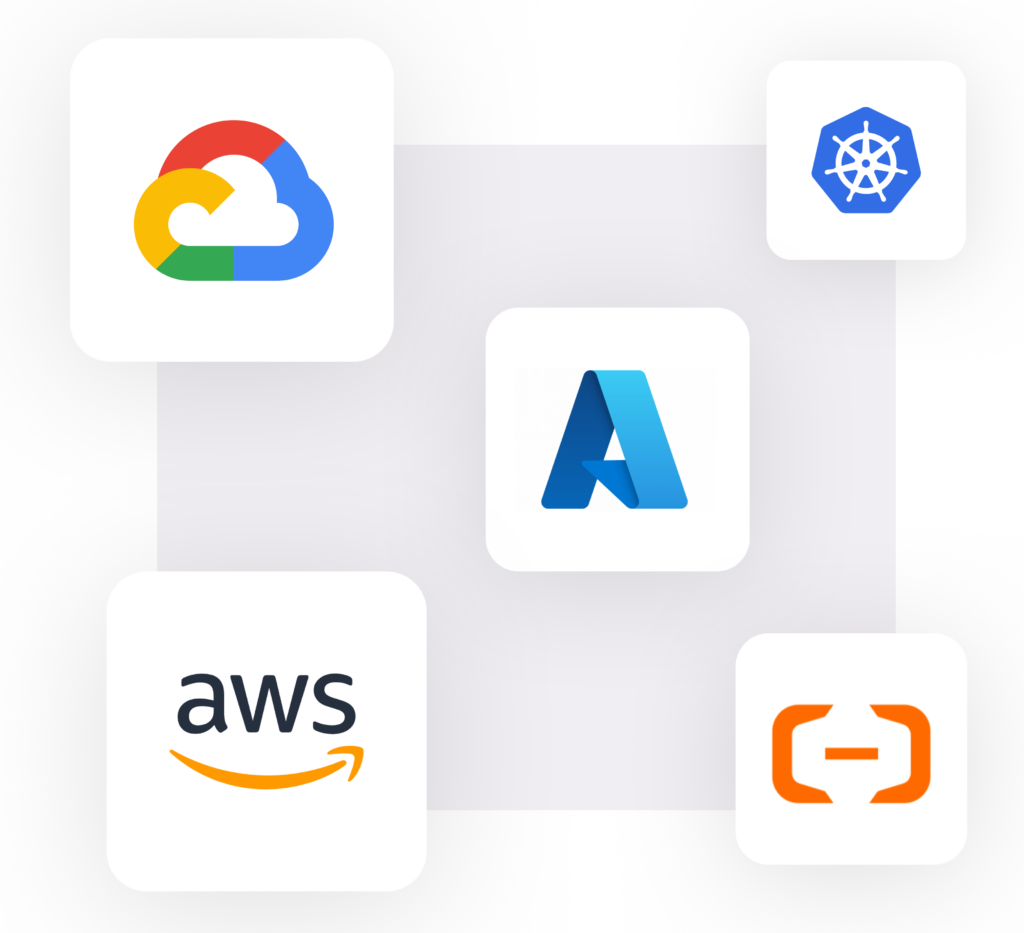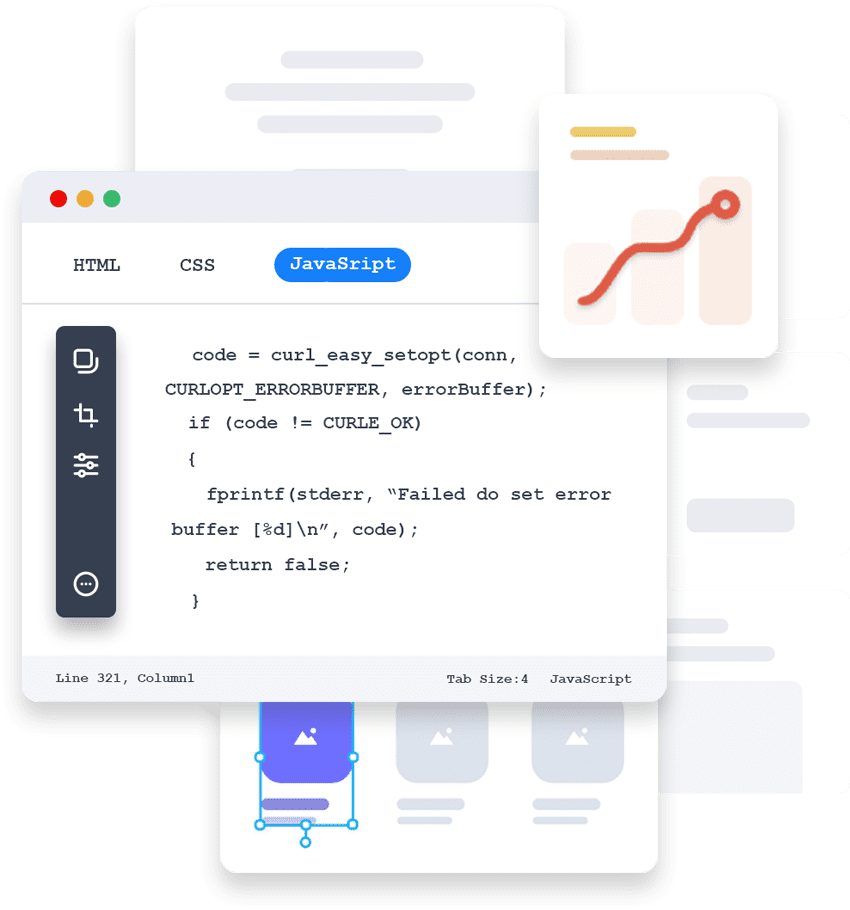STOP Wasting Money on the Cloud
Slash Your Cloud, Kubernetes & Security Costs by Up to 80% Using AI
Free One-Month Trial On Our Cloud Cost Optimisation Tool
Book Your Call
Slash Your Cloud, Kubernetes & Security Costs by Up to 80% Using AI
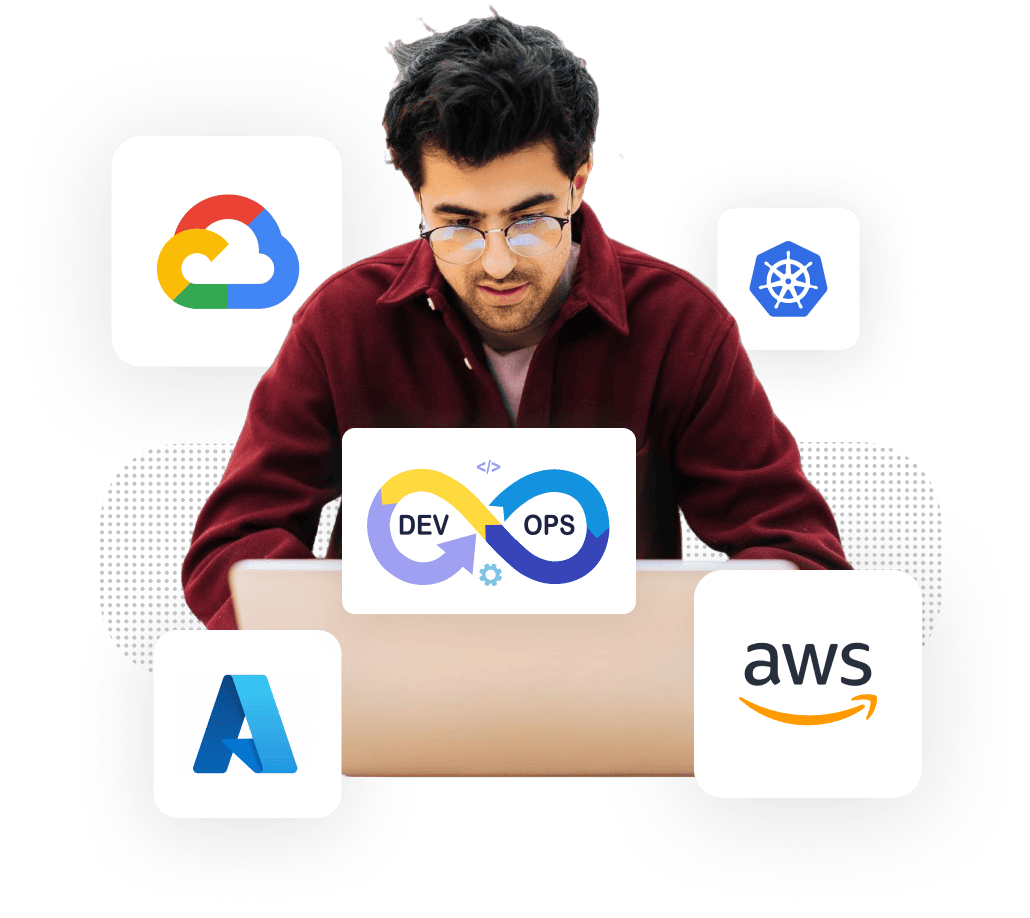
No, thank you I don't want to save


